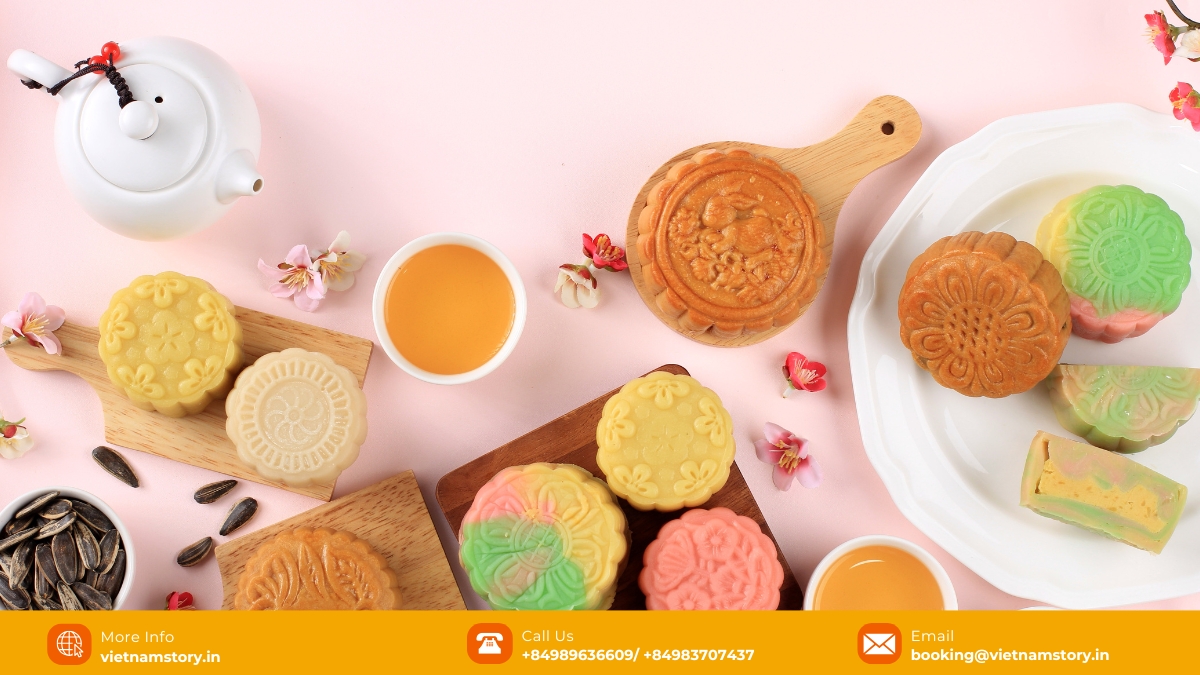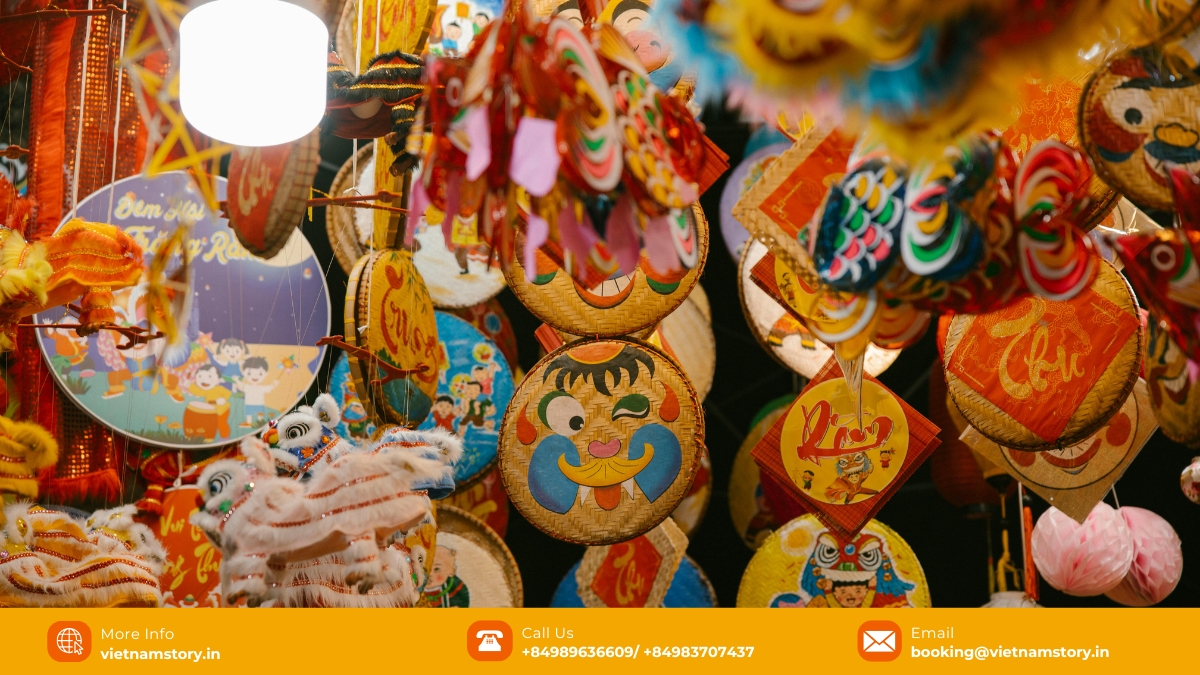The mid-autumn festival, known in Vietnam as Tết Trung Thu, is a cherished holiday that brings families together under the light of the full moon. Celebrated on the 15th day of the 8th lunar month, this harvest festival is a time of joy, gratitude, and reunion. For Indian travelers exploring Vietnamese culture, it’s a uniquely immersive experience filled with mooncakes, lantern parades, and captivating legends like Cuội and Chang’e.
Legends and Symbolism of the Mid-Autumn Festival
Rooted in Vietnam’s agrarian past, the Mid-Autumn Festival marks the season’s bounty and honors celestial harmony. Central to the celebration is the tale of Cuội, a man who clung to a magical banyan tree that floated to the moon. His story is retold each year as children walk the streets in lantern processions, lighting the way for Cuội to return home.
Vietnamese folklore also embraces the legend of Chang’e, the Moon Goddess, and her companion, the Jade Rabbit, a symbol of compassion and longevity. These mythical figures enrich the festival with a sense of wonder and cultural depth, connecting it with other East Asian lunar traditions.
Traditional offerings to ancestors include a five-fruit tray and mooncakes, placed on home altars to show gratitude and invite blessings. The full moon is viewed as a sign of wholeness and family unity, which is why many Vietnamese plan reunions around this date.

Preparing for the Mid-Autumn Festival
Weeks before the festival, Vietnam transforms into a festive wonderland. Streets like Hàng Mã in Hanoi and Lương Như Hộc in Ho Chi Minh City overflow with stalls selling lanterns, masks, lion heads, and mooncake gift boxes. Crafting and purchasing decorations becomes a joyful ritual for families and local artisans alike.
Mooncake preparation is a highlight. Curious visitors often ask what is mooncake, and the answer lies in centuries of culinary tradition. Two traditional Vietnamese types are Bánh Nướng (baked) and Bánh Dẻo (sticky rice). Fillings range from sweet lotus seed paste and coconut to savory salted egg yolk and mixed nuts. Making mooncakes is a bonding experience for families and a flavorful expression of Vietnamese culinary heritage.

Night of Celebration: Lanterns, Dances, and Togetherness
As the moon reaches its brightest, the evening of the Mid-Autumn Festival begins. Children parade with vibrant star-shaped lanterns, singing traditional songs. Families gather to admire the moon, enjoy fruits like pomelo, and exchange mooncakes as gestures of affection and respect.
The Vietnamese lion dance (known locally as Múa Lân) energizes the streets. To the beat of drums and cymbals, dancers bring the lion to life—symbolizing strength and prosperity. They are often joined by Ông Địa, the Earth God, who leads the dance with humor and joy, drawing laughter from children and adults alike.
Where to Celebrate the Mid-Autumn Festival in Vietnam
Hanoi: Tradition in the Old Quarter
Hàng Mã Street becomes a dazzling corridor of light and color. Families flock here to buy lanterns and costumes. In the nearby Old Quarter, performances and folk games bring communities together. The cultural immersion is ideal for travelers seeking authentic experiences.
Hoi An: A Town of Lanterns
Known for its full moon nights, Hoi An shines brightest during the Mid-Autumn Festival. Thousands of silk and paper lanterns illuminate the Ancient Town. Streets along the Thu Bồn River are filled with music, lion dance troupes, and floating lanterns, making this one of the most photogenic celebrations in Vietnam.

Ho Chi Minh City: Festive Streets in Chợ Lớn
In the Chinatown district of Chợ Lớn, Lương Như Hộc Street becomes a hotspot for Mid-Autumn shopping and street shows. It’s an explosion of color and culture, with lion dances, handcrafted lanterns, and a rich blend of Vietnamese and Chinese traditions.
Engaging in the Mid-Autumn Experience
- Join a lantern parade: Make or buy a lantern and walk with locals through decorated streets.
- Try Vietnamese mooncakes: Sample regional varieties with traditional fillings and pair them with green tea.
- Watch Múa Lân: Feel the energy of lion dances and interact with performers on festival night.
- Connect with the culture: Learn about the legends of Cuội, Chang’e, and the Jade Rabbit through storytelling sessions and temple visits.
Conclusion: A Celebration Beyond Borders
For Indian visitors in Vietnam, the Mid-Autumn Festival offers an unforgettable journey through mythology, culinary traditions, and community spirit. Whether it’s through the taste of a handmade mooncake, the glow of a paper lantern, or the beat of a lion dance, this festival invites everyone to celebrate light, love, and the shared rhythms of humanity.
READ MORE: Explore Vietnamese Culture Through Festivals